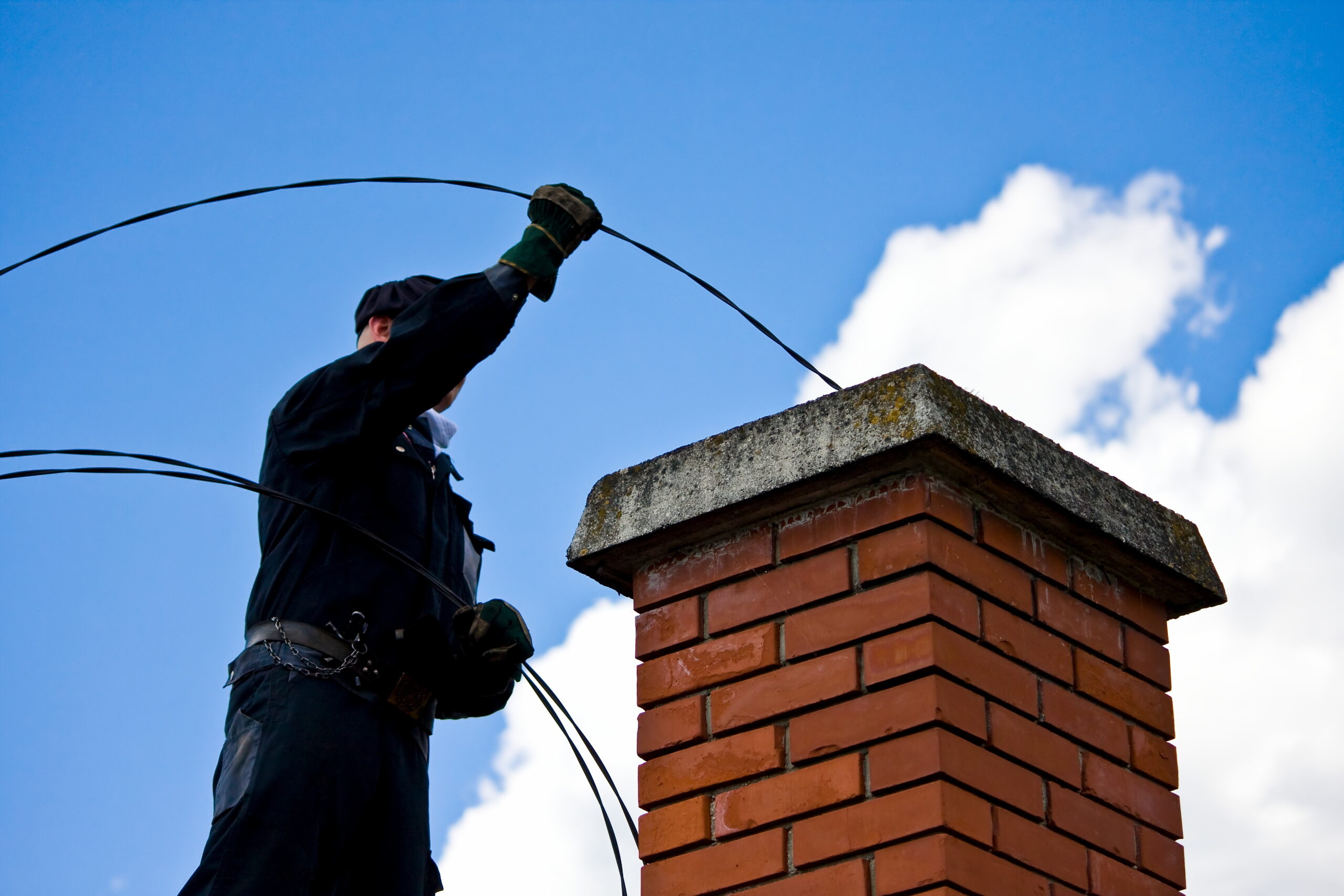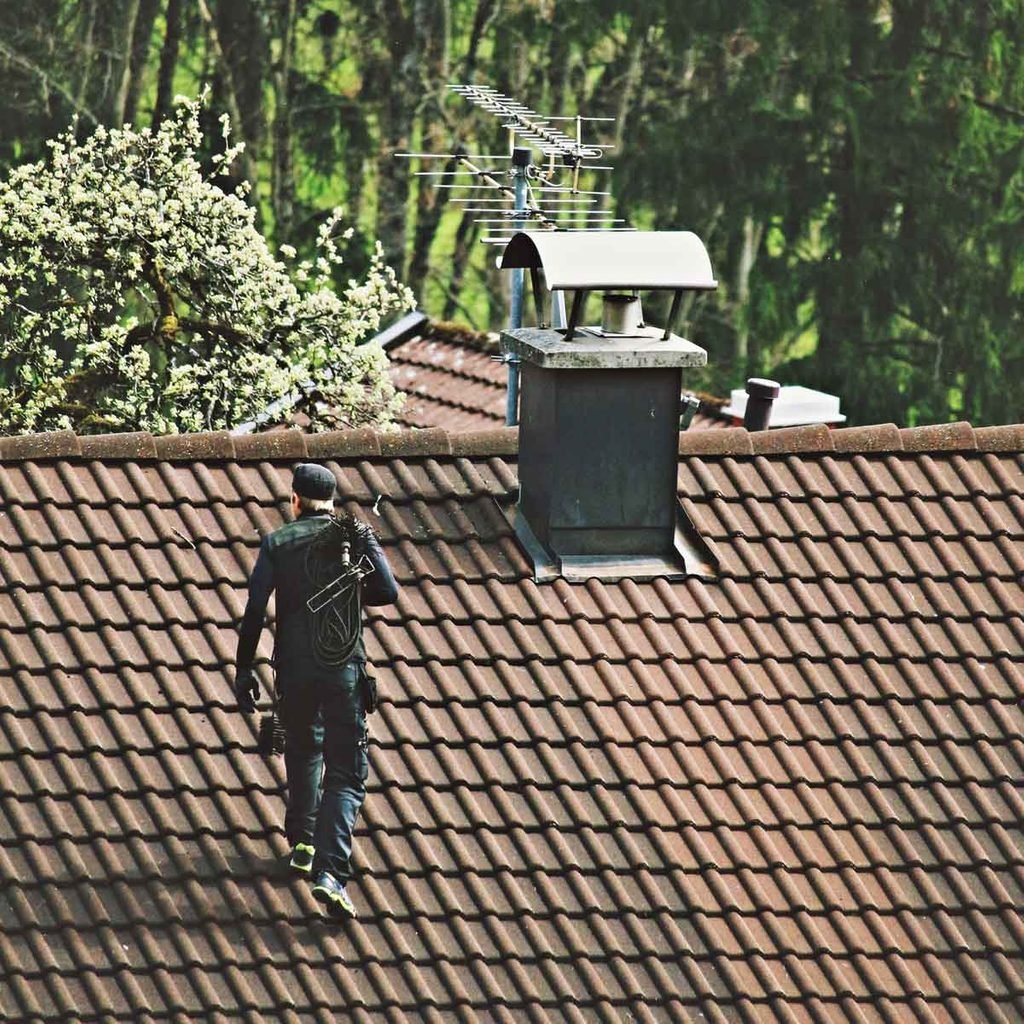The Comprehensive Overview to Chimney Maintenance San Jose: Key Steps for Home Safety And Security
The Comprehensive Overview to Chimney Maintenance San Jose: Key Steps for Home Safety And Security
Blog Article
Expert Tips for Effective Smokeshaft Upkeep You Required to Know
Chimneys offer as crucial components in lots of homes, providing warmth and convenience. Guaranteeing their correct maintenance is often ignored up until concerns arise. Understanding the details of chimney treatment can be the key to stop expensive repair services and safeguarding your home and family. From the significance of routine inspections to risk-free operational techniques, a detailed method to chimney maintenance is essential. Allow's check out professional tips that can help you maintain your smokeshaft in ideal problem for many years ahead.
Significance of Routine Assessments
Regular inspections of smokeshafts are vital for ensuring their safety and security and performance. Smokeshafts play a crucial duty in airing vent out harmful gases and preserving proper air flow in a home. Gradually, creosote build-up, particles, and structural damages can occur within the chimney, posturing severe risks such as chimney fires or carbon monoxide gas leakages.
During a chimney assessment, educated experts evaluate the condition of the chimney, searching for any indications of damages, obstructions, or damage. They also examine the stability of the flue, smokeshaft lining, and chimney cap to make sure everything is in appropriate working order. By recognizing and resolving concerns early on, possible dangers or costly fixings can be stayed clear of.
Normal assessments not only aid in keeping the safety of the smokeshaft but also add to its total efficiency. A properly maintained and clean chimney runs more properly, making sure appropriate ventilation and reducing the danger of indoor air contamination. Consequently, scheduling annual chimney inspections is an aggressive procedure that home owners can require to secure their property and liked ones.
Cleansing Strategies and Frequency
Keeping the safety and effectiveness of a chimney entails not only routine assessments however also implementing proper cleansing strategies and identifying the optimum regularity for cleaning. Smokeshafts should be cleaned up by a specialist chimney sweeper a minimum of annually, also if they are not frequently utilized. However, if the smokeshaft is made use of routinely, specifically with wood-burning cooktops or fireplaces, it may call for more frequent cleansings to avoid the buildup of creosote, an extremely flammable compound that can cause chimney fires.
House owners need to never forget chimney cleaning, as it is vital for maintaining a secure and functional smokeshaft system. Routine cleanings not just reduce the risk of chimney fires but additionally boost the smokeshaft's total efficiency and durability.
Dealing With Smokeshaft Leaks

When dealing with smokeshaft leakages, comprehensive examination and timely repairs are crucial to prevent water damage and preserve the structural integrity of the chimney. Leaks in a chimney can lead to significant concerns such as mold and mildew development, deterioration of the smokeshaft framework, and also potential fire dangers. To efficiently attend to chimney leaks, start by inspecting the smokeshaft cap, crown, blinking, and masonry for any indications of damage or wear. Chimney caps need to be safely in position to stop water from entering, while the crown and flashing ought to be intact and correctly sealed. Any kind of cracks or spaces in the stonework need to be repaired promptly to stop water infiltration. Additionally, think about waterproofing the smokeshaft to offer an extra layer of protection against dampness. Normal maintenance and evaluations can aid find and address chimney leakages early, conserving you from expensive repair work and making sure the safety and durability of your smokeshaft.
Understanding Creosote Build-Up
To recognize the possible dangers of creosote accumulation in smokeshafts, it is necessary to identify its development procedure and influence on chimney performance. Creosote is a brown or black tar-like material that collects inside chimney systems when timber or nonrenewable fuel sources are burned. As smoke rises through the chimney, it cools and condenses, causing the development of creosote, which follows the smokeshaft wall surfaces.

Routine chimney evaluations and cleansings by a specialist chimney sweeper are critical in stopping creosote build-up and making certain the secure operation of your chimney system.
Safe Procedure Practices
Carrying out proper security methods is crucial for the reliable and protected procedure of smokeshaft systems. When making use of a fireplace or wood-burning cooktop, it is critical to comply with specific safety and security practices to prevent potential dangers. To start with, constantly make certain that the smokeshaft is properly evaluated and cleaned consistently to eliminate any kind of creosote accumulation, which can bring about chimney fires. In addition, make use of a durable display or glass door before the fire place to avoid ashes or sparks from getting away and triggering a fire in your home. It is additionally important to never ever overload the fireplace with too much amounts of timber, as this can cause overheating and possible architectural damages.
Moreover, make certain to only shed skilled wood in your fire place, as damp or eco-friendly wood can produce even more creosote and trigger hazardous smokeshaft clogs. Never leave a fire ignored and always make sure the fire is totally extinguished prior to going to bed or leaving the house. By following these safe visit operation practices, you can enjoy a relaxing and cozy fire while making certain the security of your home and enjoyed ones.
Conclusion
To conclude, maintaining your chimney is vital for guaranteeing its security and effectiveness. Regular inspections, proper cleansing methods, dealing with leaks, managing creosote build-up, and adhering to risk-free operation techniques are crucial elements of chimney maintenance. By remaining on top of these jobs, you can protect against prospective dangers and prolong the life-span of your chimney. It is important to prioritize smokeshaft maintenance to keep your home cozy and safe during the cooler months.
Over time, creosote accumulation, debris, and structural damage can occur within the chimney, presenting severe risks such as smokeshaft fires or carbon monoxide leaks.
If the chimney is utilized regularly, especially with wood-burning ranges or fire places, it might require even more frequent cleanings to avoid the buildup of creosote, a highly flammable substance that can lead to chimney fires. (Chimney Maintenance San Jose)
To comprehend the potential risks of creosote build-up in smokeshafts, click this site it is necessary to acknowledge its development procedure and impact on smokeshaft performance. As smoke rises through the chimney, it condenses and cools down, leading to the development of creosote, which adheres to the chimney walls.
Always ensure that the sites chimney is properly examined and cleaned regularly to eliminate any kind of creosote build-up, which can lead to chimney fires.
Report this page